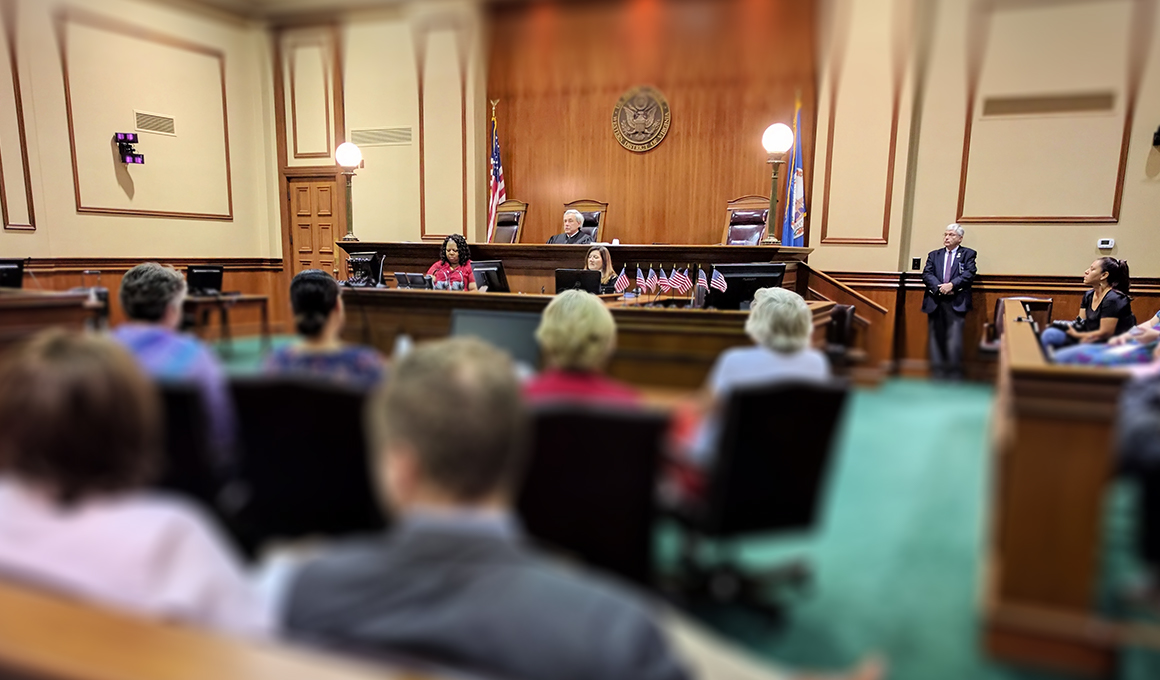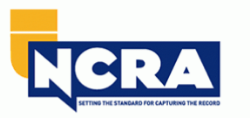Ensure clarity and impact with expertly designed trial presentations tailored to your needs.
Ensure clarity and impact with expertly designed trial presentations tailored to your needs.
Blog Article
Just How Test Presentations Enhance Your Disagreement and Convince Jurors
Test discussions function as a crucial mechanism for boosting legal arguments and encouraging jurors. By incorporating visual help, narrative frameworks, and psychological engagement, lawyers can produce an engaging case that reverberates on multiple levels. The tactical usage of visuals not only makes clear complex information however also records jurors' focus better than words alone. The art of narration plays an equally essential role in transforming factual evidence into an engaging narrative, shaping jurors' assumptions. Comprehending these elements can significantly influence test outcomes, increasing the inquiry of just how each part adds to this intricate dynamic.

Value of Visual Help
Visual help play a critical function in enhancing the performance of trial presentations, as they can dramatically boost audience involvement and retention of information. In the context of a test, where jurors are entrusted with processing facility info, visual help serve to streamline and clarify key factors. Charts, charts, and photos can communicate data and concepts that might or else bewilder or confuse jurors, enabling a much more uncomplicated understanding of the evidence offered.
Furthermore, aesthetic aids help in maintaining juror interest throughout the proceedings. By breaking the uniformity of verbal statement, these devices can punctuate essential disagreements, making them extra unforgettable. Reliable visual aids can likewise stimulate emotional actions, which can be pivotal in convincing jurors to line up with the speaker's narrative.

Crafting Compelling Narratives
An engaging story is necessary in trial presentations, as it works as the backbone of efficient persuasion. It permits attorneys to weave together truths, proof, and emotional aspects right into a coherent tale that reverberates with jurors. This narrative framework allows jurors to recognize the complexities of the instance while guiding them with the attorney's disagreement.
To craft an engaging story, attorneys should focus on clearness and comprehensibility. In addition, the usage of vibrant descriptions can produce psychological pictures that assist jurors imagine the events, making the narrative much more memorable.
Furthermore, integrating crucial styles throughout the discussion enhances the core message and help in retention - trial presentations. The story must not only communicate info however additionally stimulate a feeling of justice, highlighting the risks included. Eventually, a sound narrative promotes a link in between the jurors and the situation, positioning the lawyer's disagreement as both reliable and engaging, consequently increasing the possibility of a beneficial judgment

Engaging the Court Psychologically
Reliable jury interaction hinges on the lawyer's ability to attach with jurors on an emotional degree. This link can dramatically affect jurors' assumptions and their supreme decision-making. Making use of emotional allures allows attorneys to humanize the case, transforming abstract lawful concepts into relatable experiences. By offering real-life stories or reviews, lawyers can evoke empathy and concern, fostering a much deeper understanding of the concerns at stake.
Visual aids, such as pictures or videos, can additionally improve psychological involvement, supplying jurors with vibrant depictions of the case's human components. Crafting a narrative that highlights the battles and triumphs of the individuals involved makes certain that jurors see past the legal arguments and recognize the human repercussions of their choices.
In addition, tone and body movement play an important function in communicating feeling. A lawyer's passionate shipment can resonate with jurors, strengthening their emotional investment in the look at this now situation. It's necessary to stabilize psychological allures with valid proof, ensuring that jurors feel compelled to act while remaining based in the fact. Ultimately, a mentally engaged jury is most likely to be persuaded, making emotional link an essential part of reliable test discussions.
Structuring Your Presentation

The body of the discussion must be realistically fractional into key points, each sustained by compelling proof. It is useful to use storytelling techniques to weave truths into a narrative that jurors can easily comply with. Visual help, such as graphes and video clips, can enhance understanding and interaction, aiding to highlight important pieces of evidence.
Real-World Study
Analyzing real-world study supplies indispensable understandings into the art of test presentations and persuasion. For example, the landmark situation of "O.J. Simpson v. The Individuals of The Website golden state" shows how aesthetic help and compelling stories can guide jury understandings. The protection group effectively used a method that combined high-profile professional testaments with multimedia discussions, which captivated jurors and eventually affected their choice.
One more significant instance is the "McDonald's Coffee Instance," where the complainant's lawyers used visuals pictures of the injuries endured by Stella Liebeck. trial presentations. This plain visual evidence played a critical duty in sharing the extent of her burns, leading to a significant jury award. Such cases show that impactful test discussions typically hinge on the efficient integration of a knockout post visuals and storytelling to evoke psychological feedbacks from jurors
Moreover, the "Casey Anthony Test" highlighted the relevance of narrative comprehensibility and credibility. The prosecution's failing to establish a compelling timeline diminished their influential power, emphasizing the need of a well-structured discussion. Examining these situations reveals that successful test discussions require strategic preparation, emotional engagement, and the ability to reverberate with jurors' values and ideas.
Final Thought
Test presentations dramatically enhance disagreements and encourage jurors through the calculated use of visual help, engaging narratives, and emotional involvement. A well-structured presentation balances psychological allures with factual proof, inevitably resonating with jurors' worths.
Report this page